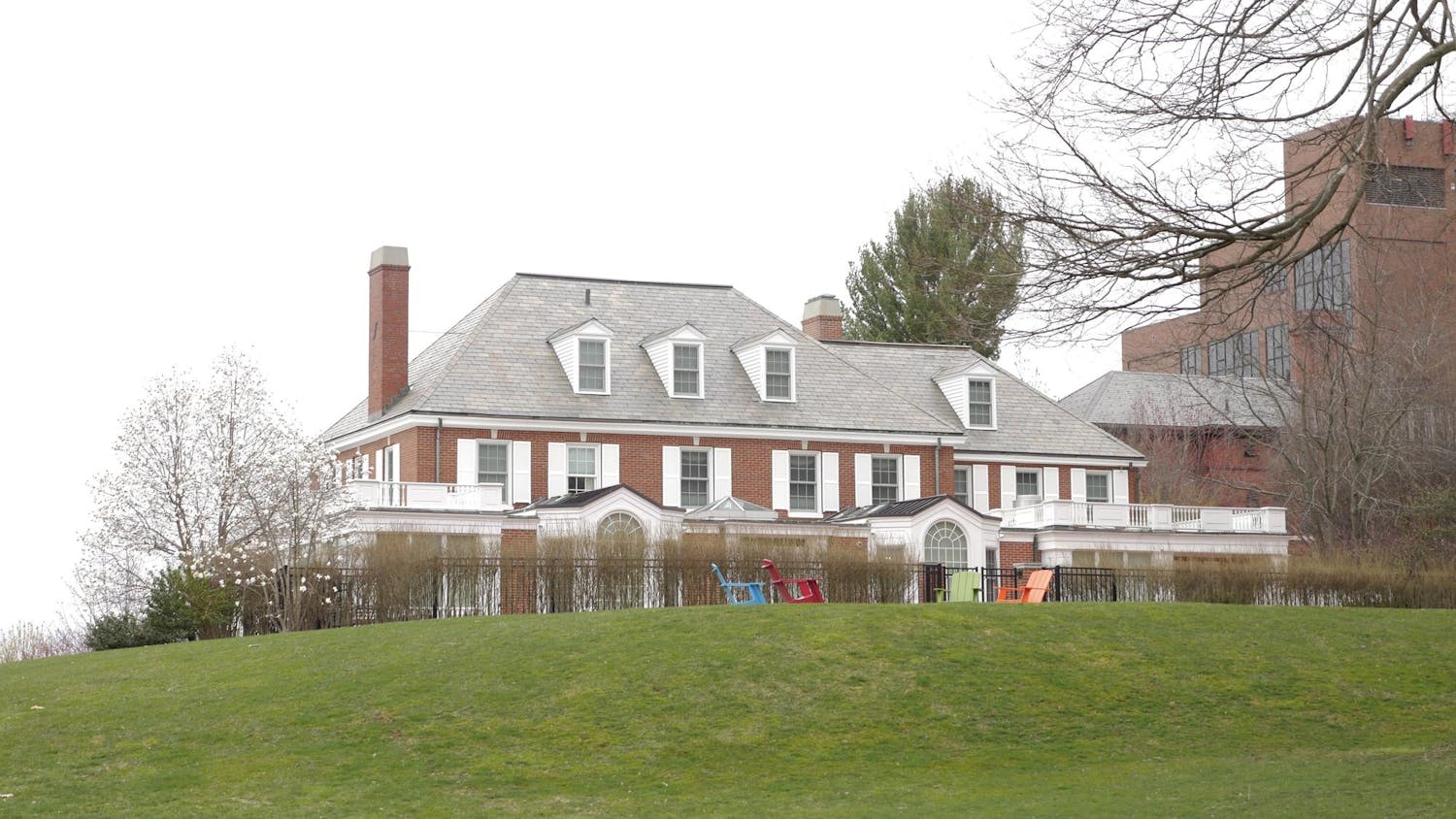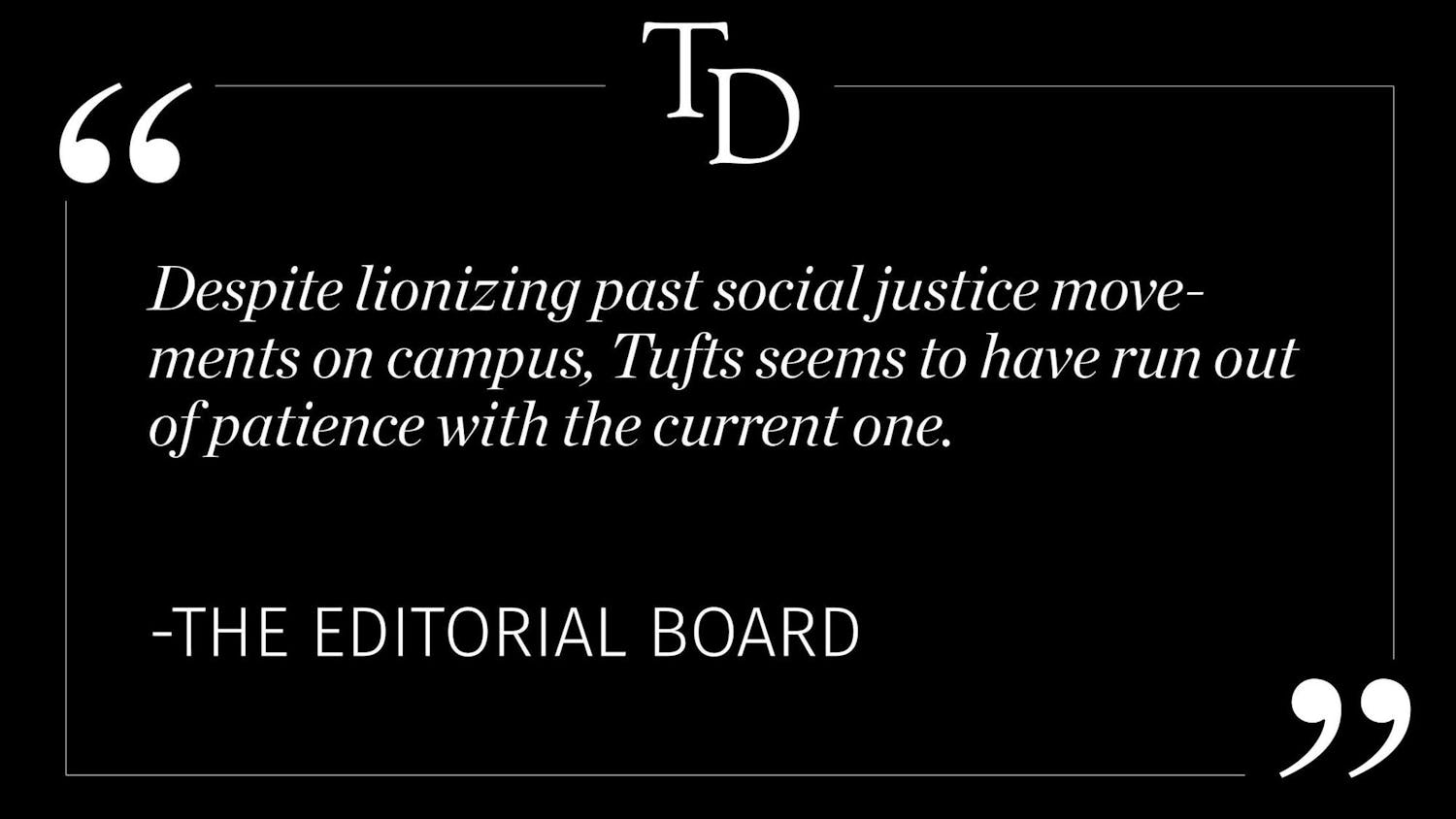In 1990, former University President Jean Mayer authored the Talloires Declaration, committing the university to the fight against carbon dioxide. In doing so, he changed the university from a center of learning and dialogue to a political advocacy organization, which valued commitment and action over analysis and understanding. President Mayer’s mistake was in seeing climate change as a moral crusade rather than as a scientific issue.
When students come to Tufts, they are taught to think critically and question authority but not on the climate issue. On this issue, students are told that older, wiser and better-credentialed people have solved this problem beyond any doubt or debate and that opposition to the climate agenda is a moral failing. The university has even hired staff to promote this orthodoxy. In my 13 years of teaching at The Fletcher School of Law and Diplomacy, many students have told me privately that they disagree with or question the climate agenda but are afraid to speak out for fear of censure by faculty and classmates.
Before students accept the university’s orthodoxy, they might wish to consider the following points:
Ms. Hackel refers to carbon dioxide as “pollution.” In fact, carbon dioxide is plant food and essential to all life on Earth. Carbon dioxide has been proven to increase crop yield and drought-resistance, leading to an observable greening of many areas of the planet. In a world of increasing pressures on food supply, the lives of the poorest and most vulnerable people in the developing world depend on our getting this right.
Carbon dioxide is a greenhouse gas with a warming effect on the atmosphere. Some share of the modest warming we have experienced over the past 100 years or so is attributable to human emissions of this gas. There is virtually complete agreement on this point. The real scientific question is how much warming results from a doubling of atmospheric carbon dioxide — a parameter known as “climate sensitivity.”
Contrary to the popular narrative, the UN Intergovernmental Panel on Climate Change (IPCC) is agnostic on this critical parameter, stating that climate sensitivity could be anywhere between 1.5 and 4.5 degrees Celsius – in other words, between benign and apocalyptic. The IPCC provides no “best estimate.”Actual evidence strongly suggests that climate sensitivity is in fact below even the bottom end of the IPCC range — on the order of one degree Celsius or less for a doubling of atmospheric carbon dioxide. At this sensitivity level, the carbon dioxide emissions expected this century would be entirely beneficial to mankind.The climate change agenda rests on sensitivities of three to four degrees or even higher. These catastrophic scenarios come not from any actual evidence but from assumptions embedded in computer models that have never had any predictive ability. Such models are an extraordinarily weak foundation on which to rest critical public policy decisions. Should we really consider this situation “settled science?”
It is often argued that impending climate disaster is already manifest in increased storms, rainfall, droughts, flooding and fires. This assertion is simply incorrect. In my opinion, there are no data or other evidence indicating that weather patterns over the past 10-20 years have been outside the bounds of natural variability. What we have witnessed instead is the impact of the economic and demographic growth of the last 50 years, which has pushed development into new areas and massively built up our coastlines. Therefore, storms now cause greater economic damage — not because the storms are more frequent or more severe but because there are more people and structures in their path. Economic development has also stressed water supplies in places like California, so that naturally occurring droughts are more painful than in the past.
Ms. Hackel is particularly concerned about the future of the Paris Agreement on climate, but this accord needs to be scrutinized for its actual content, not for its symbolism. This agreement is nothing more than a set of promises to make promises. President Obama offered a modest but expensive reduction in U.S. carbon dioxide emissions, about a third of which took place before the agreement was signed. China has promised to do nothing other than continue its planned economic growth path. Ms. Hackel makes the odd claim that China, a country that gets two-thirds of its energy from coal and less than five percent from wind and solar as of 2015, has made “tremendous progress in cleaning up emissions and innovating in the alternative energy sector.” The Paris Agreement will cost American taxpayers money, but have no measurable impact on the amount of carbon dioxide in the atmosphere. Even those who believe in catastrophic climate change should question this agreement.
Catastrophic climate change remains a prediction, not a reality, and that prediction ought to be subject to scrutiny, analysis and debate. Slavery is a moral issue, but climate change is a scientific problem that cannot be understood by resort to moral reasoning. Evidence, not emotion, should rule. The university’s advocacy on climate change does a disservice to the community. The administration should encourage students and faculty to think critically, look at the evidence, make up their own minds and act accordingly and not pressure them to become missionaries for the administration’s viewpoint.
Correction: In the Dec. 11, 2016 op-ed “The university’s climate responsibility,” by Bruce Everett the sentence "Research suggests that climate sensitivity is in fact near or even below the bottom end of the IPCC range — on the order of two degrees celsius or fewer” was changed to "Actual evidence strongly suggests that climate sensitivity is in fact below even the bottom end of the IPCC range – on the order of one degree Celcius or less for a doubling of atmospheric carbon dioxide.” This correction was made after the Daily received evidence substantiating the latter statement.
Additionally, "Significant data indicates that weather patterns over the past 10 to 20 years have not been outside the bounds of natural variability,” was changed to “In my opinion, there are no data or other evidence indicating that weather patterns over the past 10-20 years have been outside the bounds of natural variability,” in order to preserve authorial intent and highlight the controversial nature of the subject.
Editor’s note: If you would like to send your response or make an op-ed contribution to the Opinion section, please email us at tuftsdailyoped@gmail.com. The Opinion section looks forward to hearing from you.





